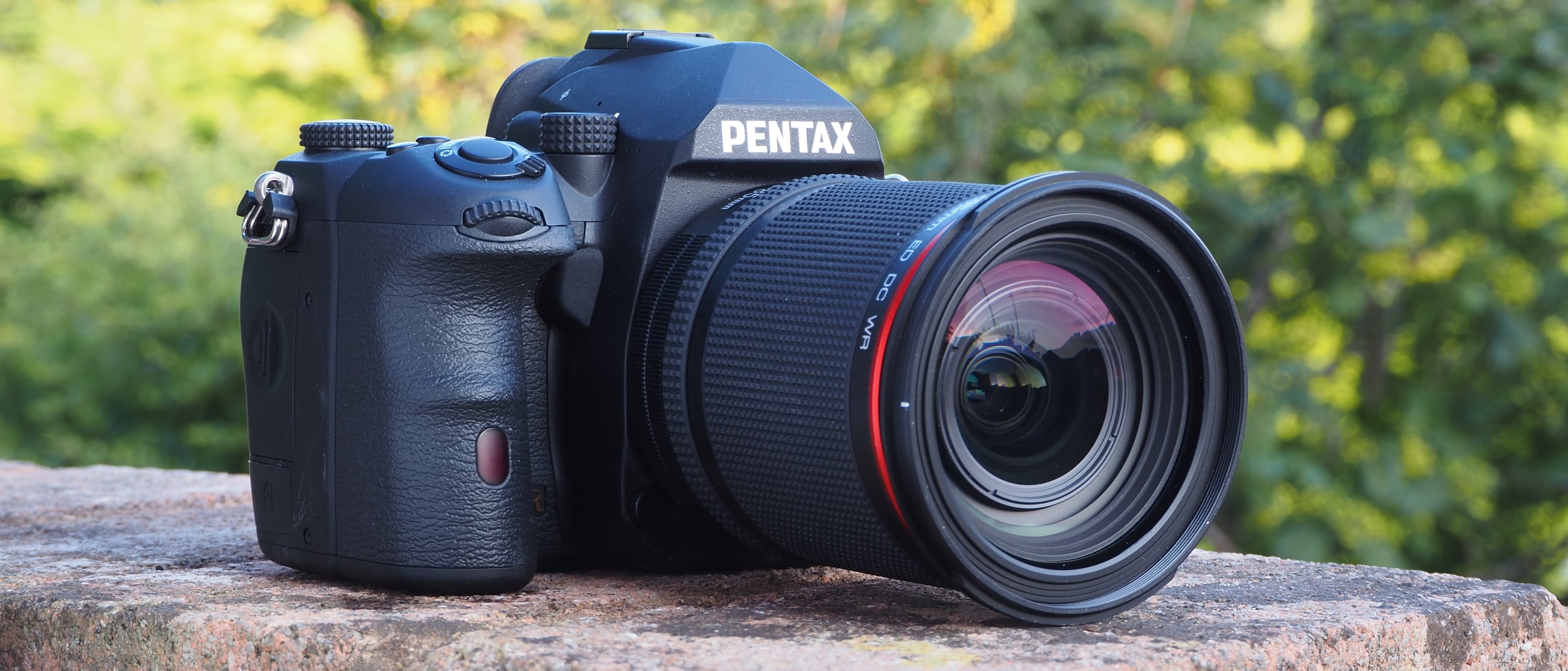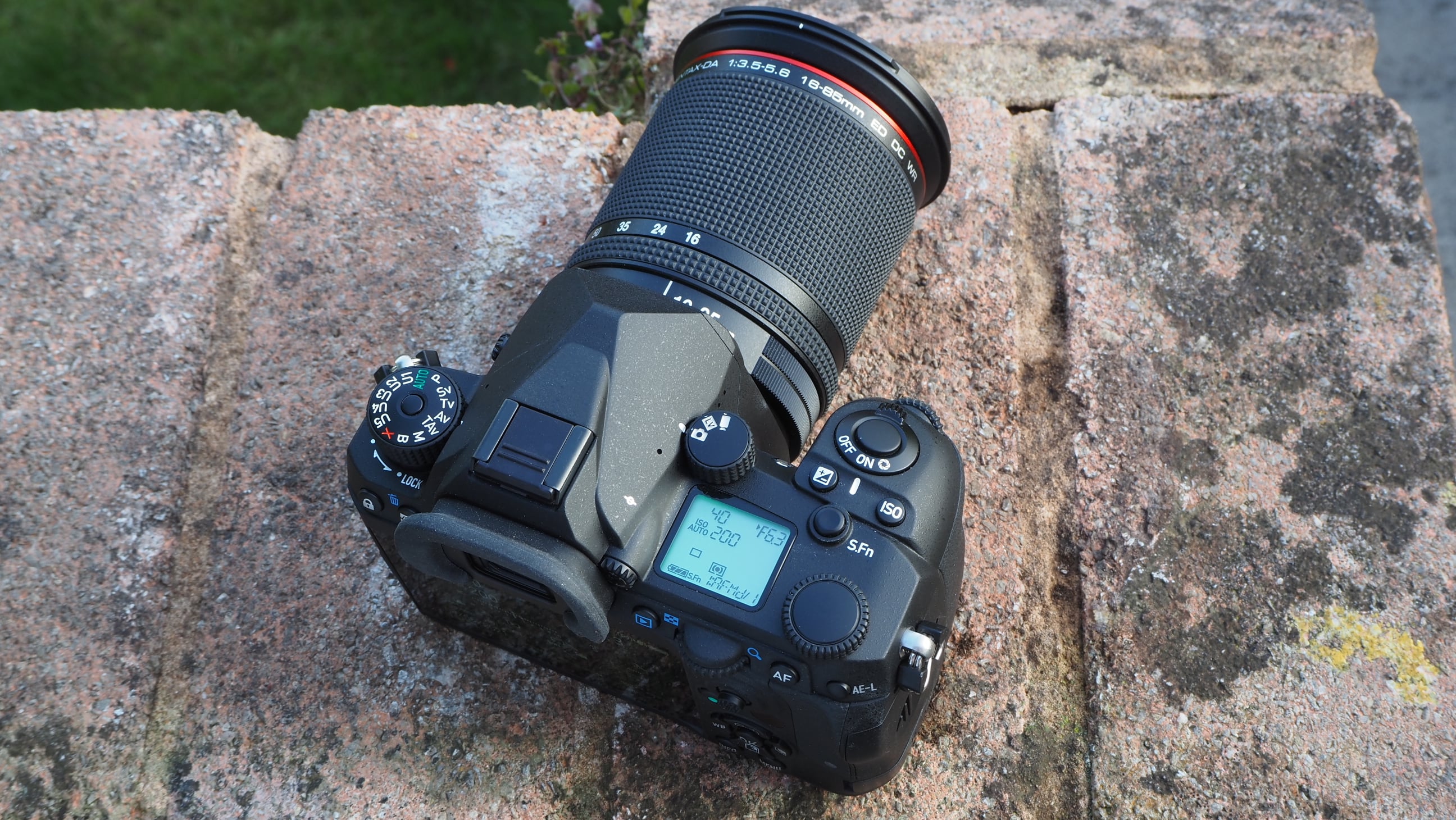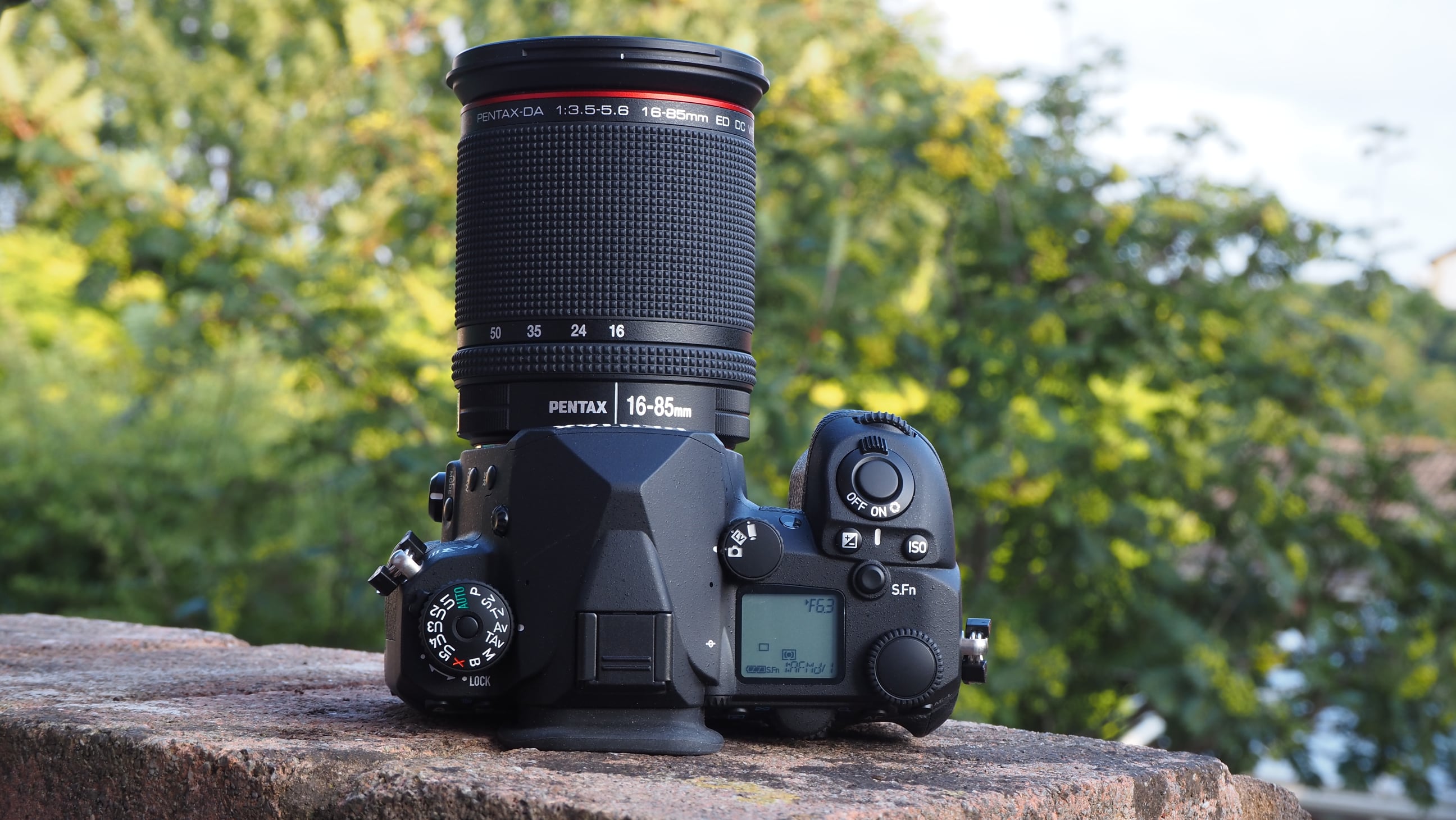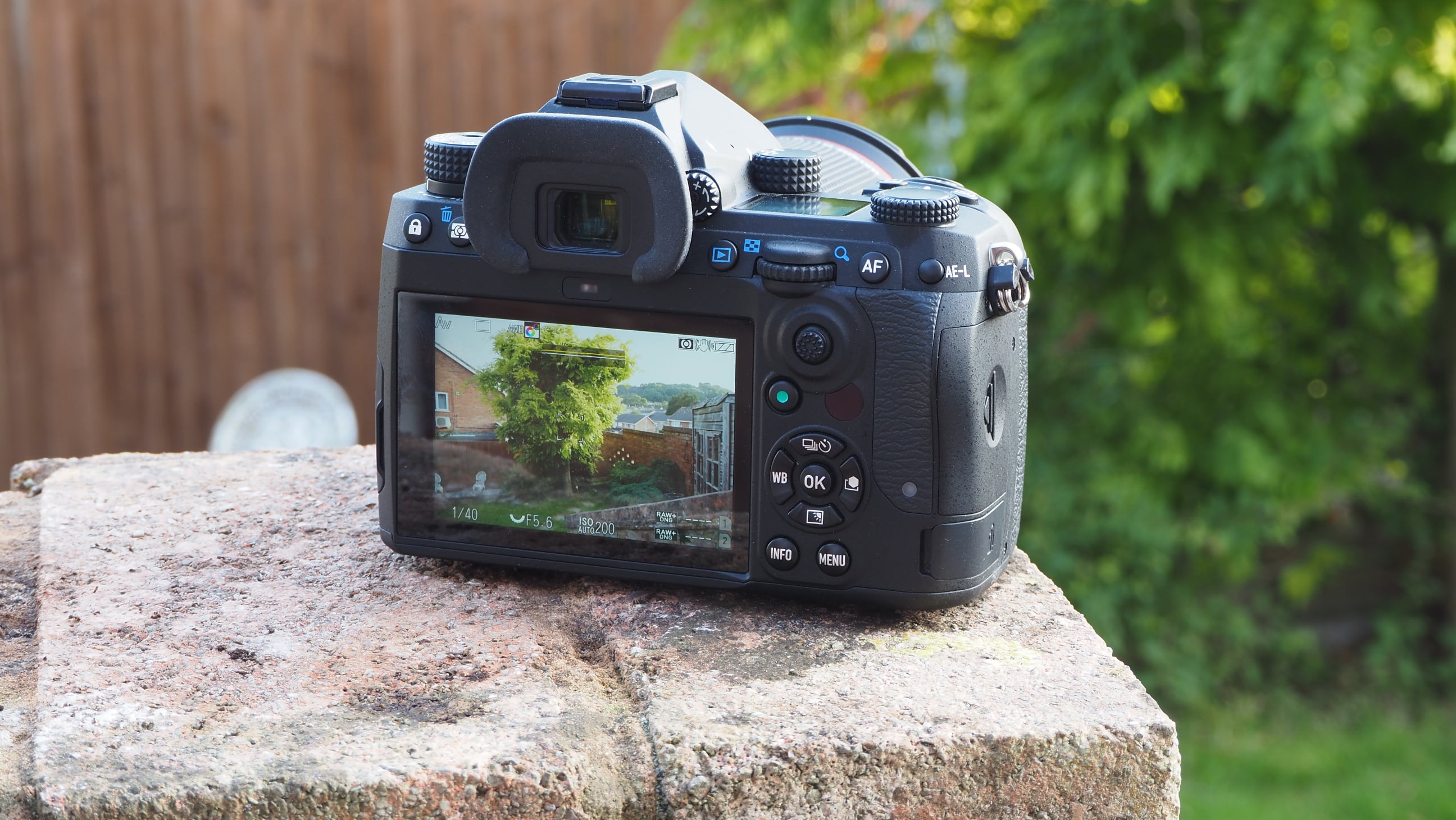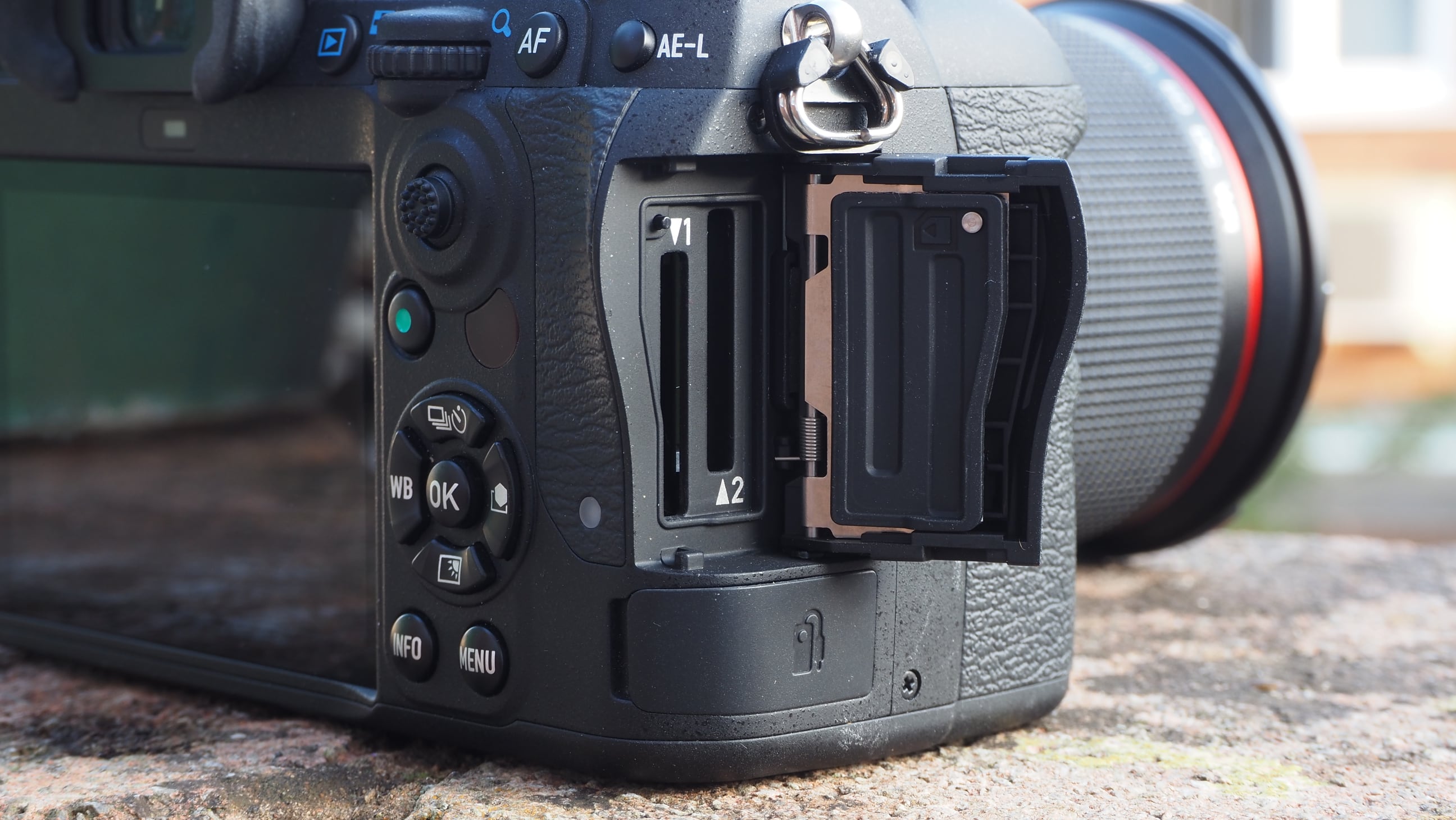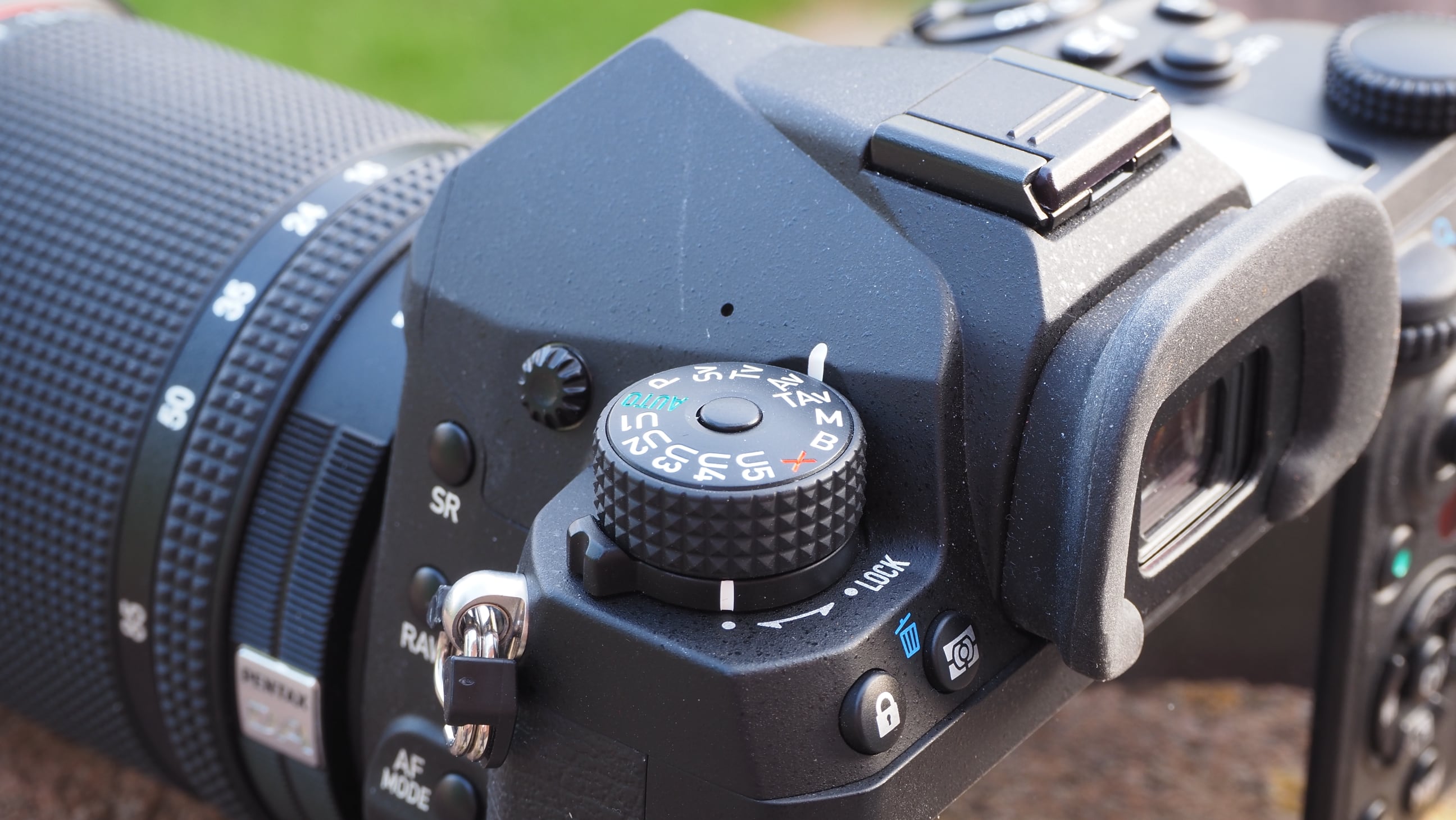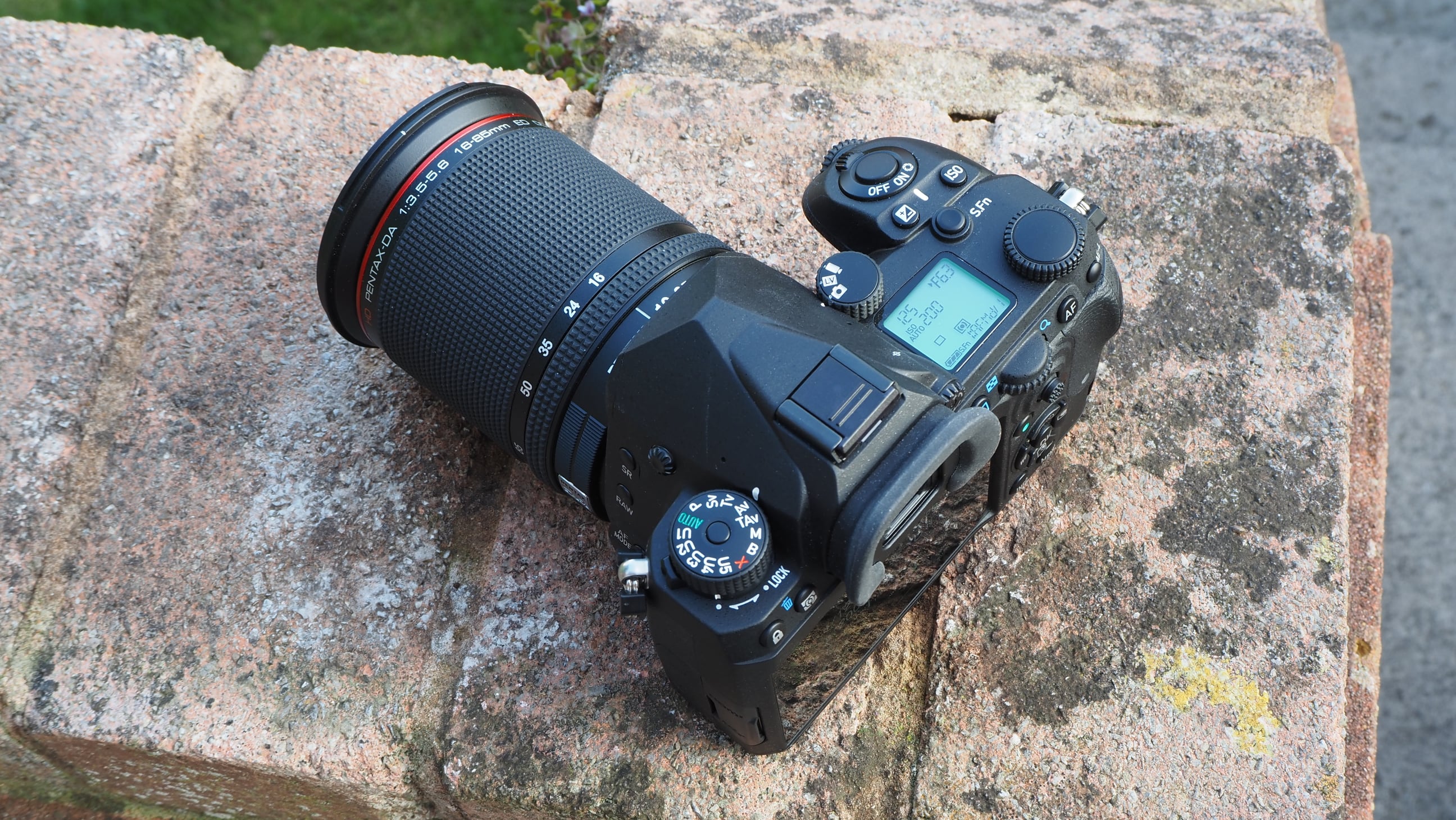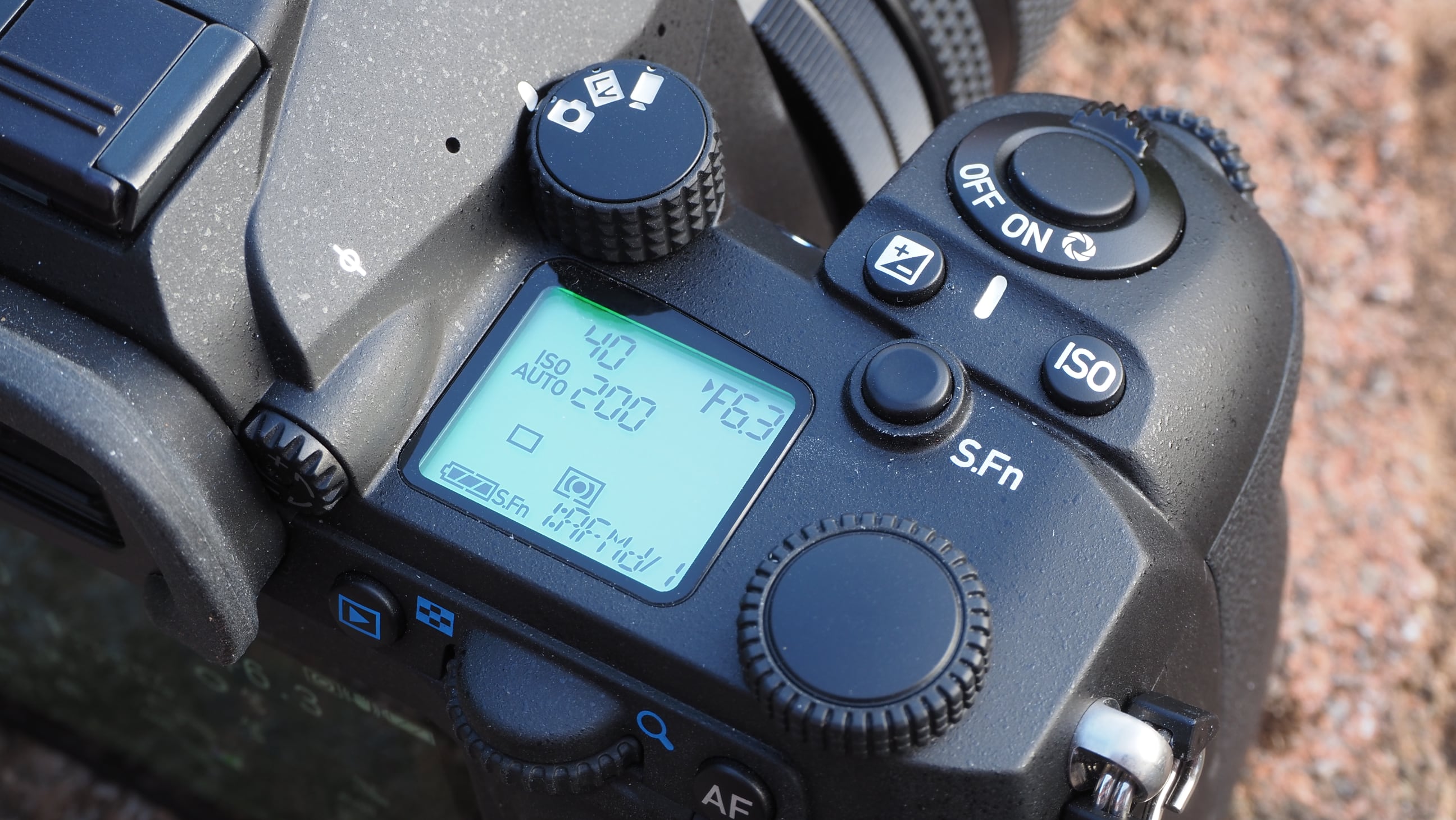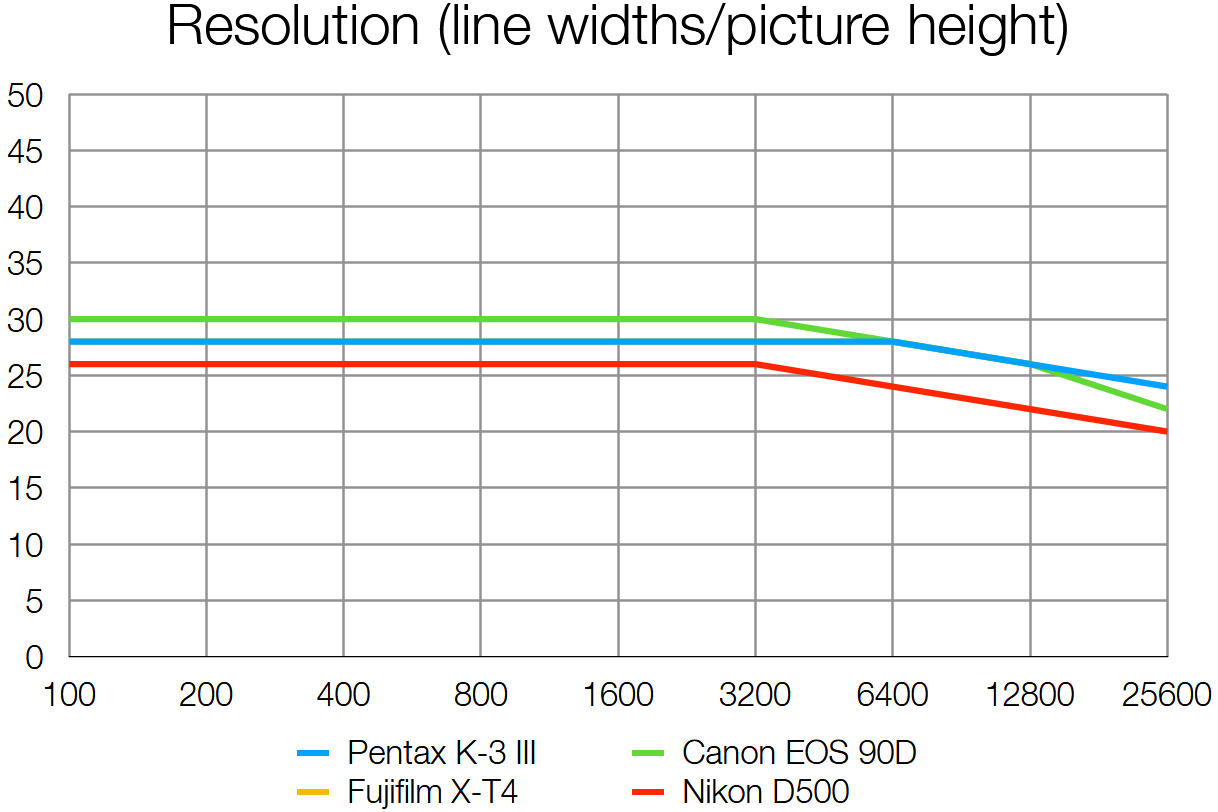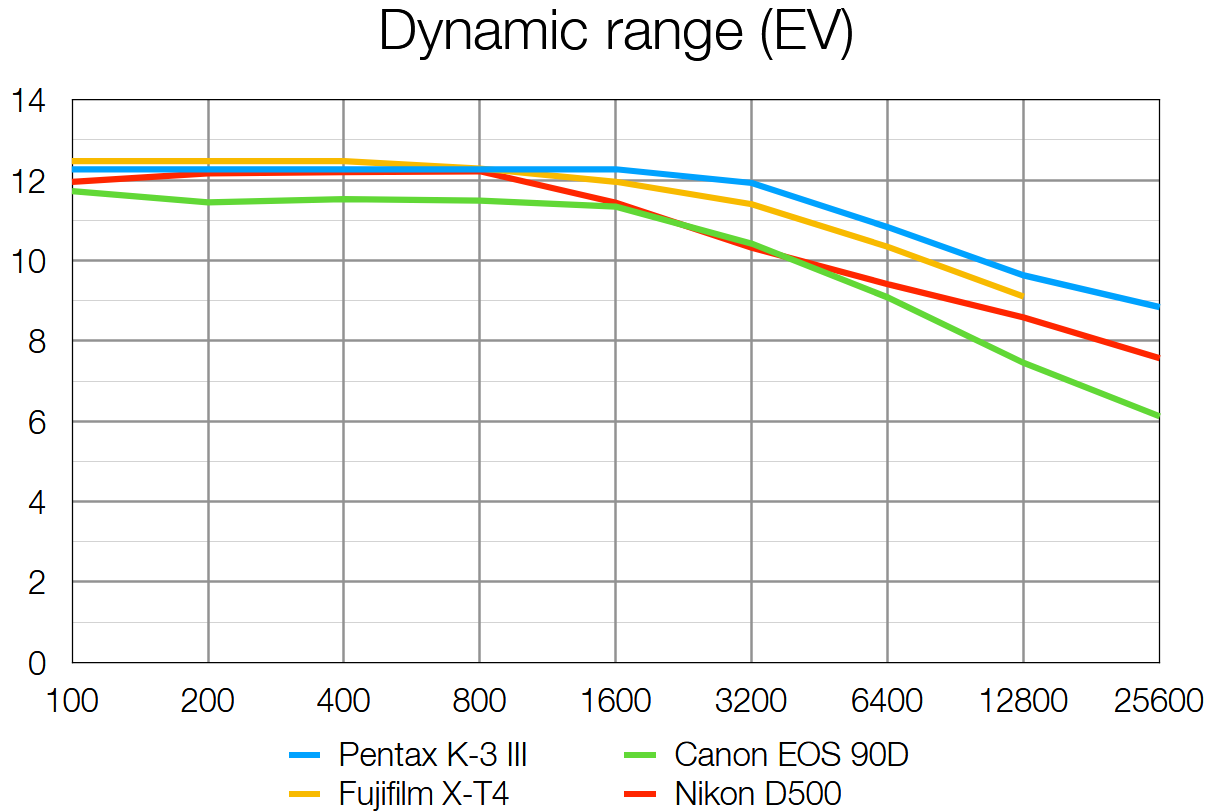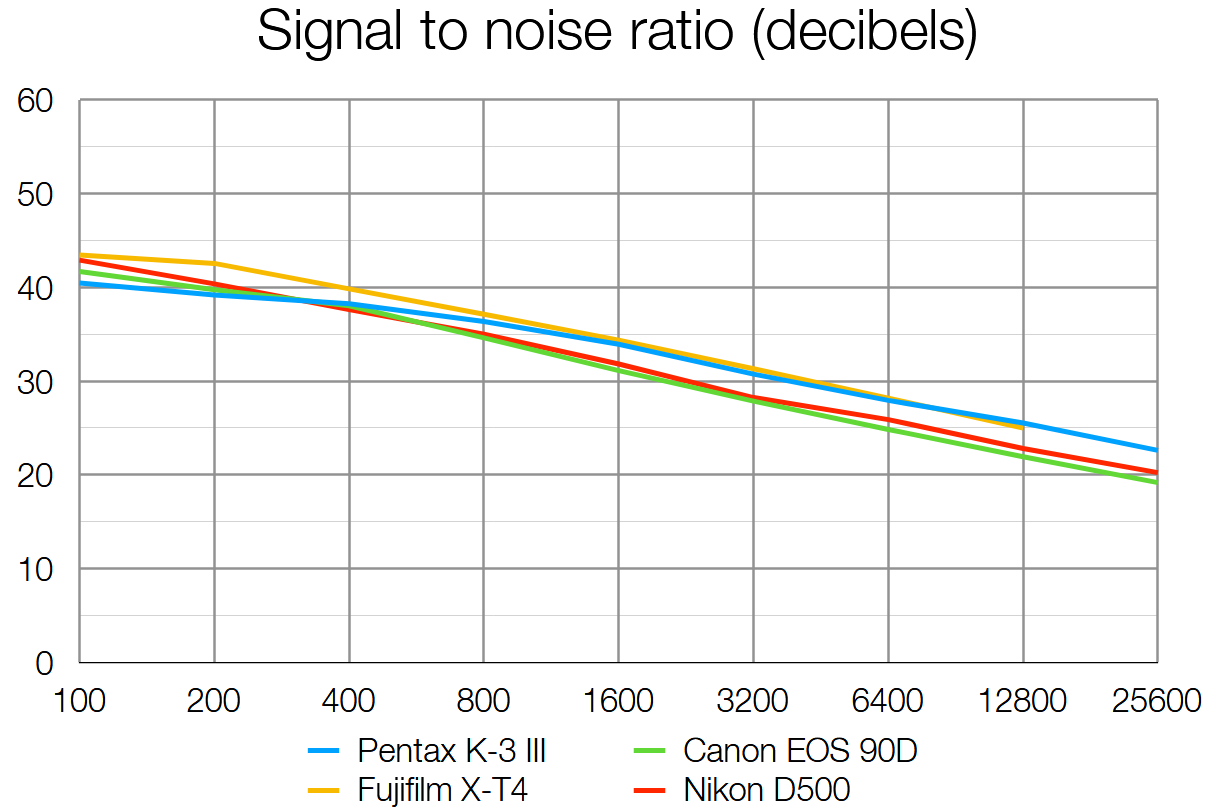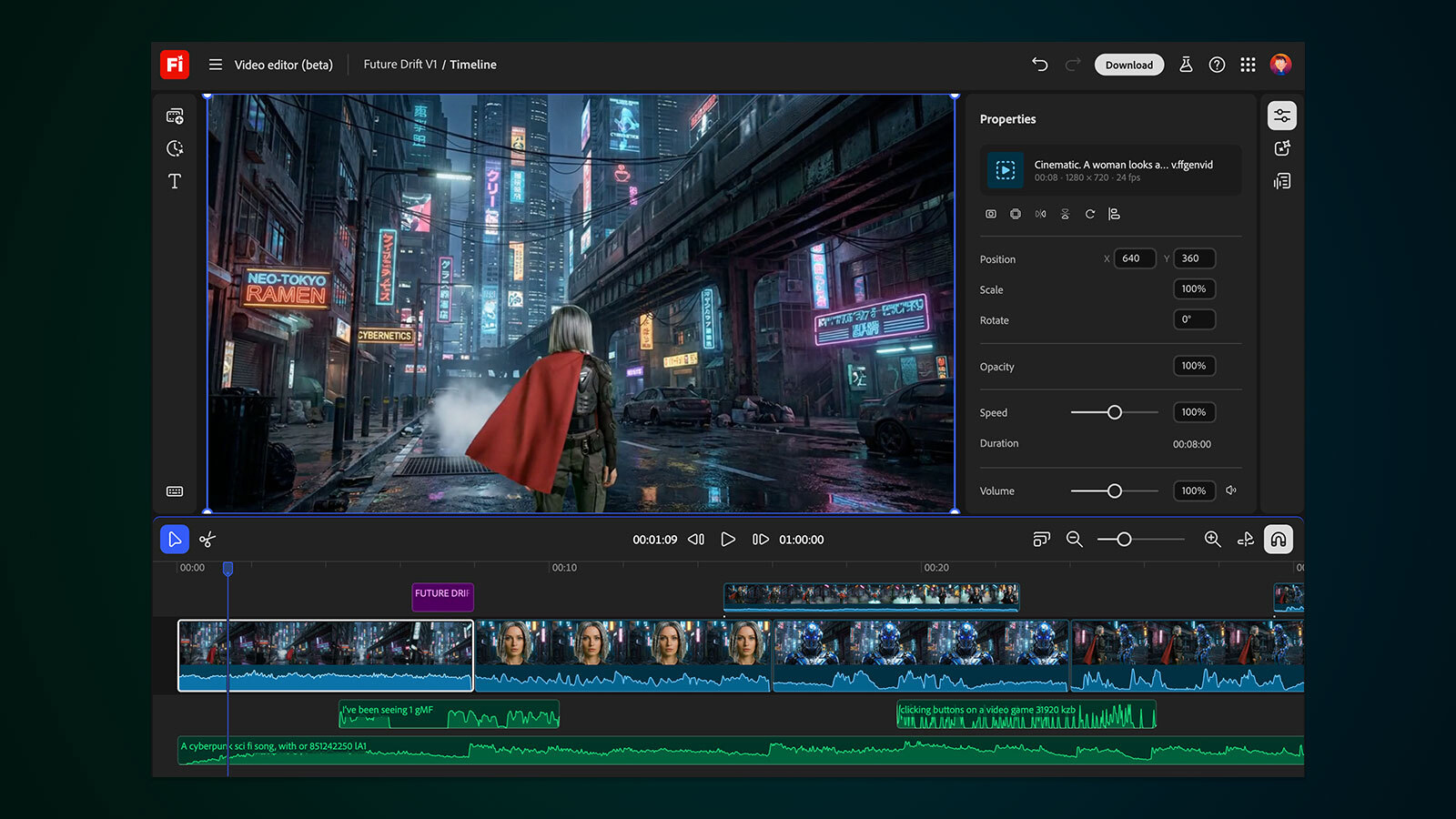Digital Camera World Verdict
The Pentax K-3 Mark III is tough, fast, powerful and packed with clever features. It’s also oddly dated, as if Pentax has deliberately stepped back from modern innovations like on-sensor phase detect AF and vari-angle screens, and back to simpler times. Its most striking feature of all, however, is THE PRICE. It costs more than the full frame Pentax K-1 Mark II, even, and outside of Leicas is the most expensive APS-C camera out there.
Pros
- +
Sturdy build
- +
Clever if complex exposure modes
- +
12fps continuous shooting
Cons
- -
Inexplicably expensive
- -
Fixed rear screen
- -
Slow contrast AF in live view
- -
Limited buffer capacity
Why you can trust Digital Camera World
The Pentax K-3 Mark III is the latest in a long line of Pentax DSLRs, and we’re always glad to see any new Pentax model. It’s a reminder that DSLRs are still a thing, and that Canon and Nikon are not the only companies still making them.
But the Pentax DSLR range has often been confusing. The full frame Pentax K-1 and its K-1 Mark II successor are straightforward enough, but Pentax’s APS-C DSLRs have come in all sorts of shapes, sizes and series. Before the K-3 Mark III, we regarded the Pentax K-P, now discontinued, as the flagship. Further down the scale we have the five-year-old Pentax K-70, still available and still, oddly, more modern-looking than the K-3 III (on-sensor phase detect AF, vari-angle screen), plus interesting but short-lived cameras like the illuminated Pentax K-S1. Many people seem to have forgotten that Pentax used to make an APS-C mirrorless camera too – the 2012 Pentax K-01.
For now, the Pentax K-3 Mark III is the company's APS-C flagship, so let’s take a look at what this new DSLR has got.
Specifications
Sensor: 25.7MP APS-C CMOS
AF points: 101/25 cross-type, contrast AF in live view
ISO range: 100-1,600,000
Stabilization: In-body
Max image size: 6,192 x 4,128px
Video: 4K UHD up to 30p, FHD up to 60p
Viewfinder: Optical pentaprism, 100% coverage, 1.04x magnification
Memory card: 2x SD/SDHC/SDXC, 1x UHS-I, 1x UHS-II
LCD: Fixed 3.2-inch touchscreen, 1,620 dots
Max burst: 12fps for 37 JPEGs, 32 raw
Size: 134.5 x 103.5 x 73.5mm
Weight: 820g body only, inc battery and memory card
Key features
For a long time Pentax has stuck with a 24-megapixel sensor across its APS-C camera range, but the Pentax K-3 Mark III has a new 25.7-megapixel back-illuminated CMOS sensor, matched up with a PRIME V processing engine with ‘second-generation' accelerator unit’.
This sensor has no anti-aliasing filter, but the K-3 III does use its in-body sensor shift system to offer ‘AA simulation’, should you need it.
This sensor shift system does a lot of other jobs. It also powers Pentax’s ASTROTRACER system with an optional O-GPS1 GPS Unit mounted, the anti-aliasing filter simulation mentioned above, automatic horizon straightening if the camera is not quite level, and a Pixel Shift High Resolution mode which uses tiny 1-pixel sensor shifts to gather full RGB color data for each photosite – though you will need a tripod for this.
The best camera deals, reviews, product advice, and unmissable photography news, direct to your inbox!
This is all based around a new SRII five-axis system offering up to 5.5 stops of shake compensation, with a panning mode for moving subjects.
The Pentax K-3 Mark III also has a new 101-point SAFOX 13 AF system with 25 cross-type points in the center. As usual with DSLRs, the full focus area does not extend right across the full width and height of the frame, so despite the large number of AF points, they only cover a part of the scene.
If you switch to live view, the K-3 Mark III then swaps to sensor based contrast AF. The use of contrast AF here is both a surprise and a disappointment. On-sensor phase detect AF is now a widely used mainstream technology, and without it the K-3 III’s live view mode loses a lot of its appeal.
That’s not helped by the use of a fixed rear screen which doesn’t even have a tilting mechanism. The K-3 III can shoot 4K video at up to 30p, but it’s as if this has been added as a courtesy rather than a serious proposition.
The K-3 III does have an impressive 12fps continuous shooting mode, helped by a redesigned, lighter shutter and mirror mechanism. Pentax says the shutter has a life of 300,000 cycles.
There are, however, some restrictions. The 12 frames per second is achieved only in AF-S mode, and with continuous AF it drops to a maximum of 11fps. Worse, the buffer capacity at this speed is just 37 JPEGs or 32 raw files. If you think the price of the K-3 III is justified by its shooting speed, bear in mind it can’t sustain it for more than 3 seconds.
However, there are some clever features, including digital filters, in-camera HDR, multiple exposure, interval shooting and interval composite modes. The K-3 III may look dated in its physical features, but there’s still a lot to experiment with.
Build and handling
The Pentax K-3 Mark III certainly feels rugged. It has an ‘all surface’ magnesium alloy body that’s also dustproof and weatherproof. Pentax says the grip and controls have been optimized for different hand sizes, and while the body is compact it does offer a decent grip. There’s an optional D-GB8 Battery Grip for extended use and vertical shooting.
A ‘new-generation’ Hyper Operation system integrates Pentax’s TAv mode alongside the Tv, Av and P modes for quick shutter speed and aperture changes in P mode – rather like being able to control shutter speed and aperture directly without having to change modes – and a green button resets the camera to default P (program) settings.
It’s a clever system, but not so very different to using program shift mode on other cameras. TAv mode lets you set both shutter speed and aperture and adjusts the ISO automatically, but that sounds a lot like using auto ISO in manual mode on other cameras.
The viewfinder is clear and bright with good magnification (Pentax claims 10% better pentaprism reflectance than before) and an eye sensor switches off the rear LCD when you put the camera to your eye.
With no fewer than 10 customizable buttons, customizable front and rear dials and extended SFn (special function) control with the top dial, you’ve got plenty of opportunities to set this camera up just how you want it.
A new three-tier menu design makes navigation fairly straightforward, though you’ll still need to learn where to find the settings you need, and the 800-shot battery life is adequate for a DSLR, though not the best. The Pentax K-3 Mark III is compatible with USB charging, though.
There is a focus mode button on the front which works in conjunction with the front and rear dials, though it would have been nice to have more prominent external controls for this and the drive mode setting on a camera that’s clearly designed for high-speed shooting.
It’s a shame you don’t get two UHS-II card slots at this price, though given the K-3 III’s limited appeal for video, it hardly needs a UHS-II slot at all.
The biggest issue is that fixed rear screen. It feels like a stubborn anachronism, especially on a camera at this price, and together with the contrast AF live view, it does dent the Pentax’s appeal – especially at this price.
Performance
In terms of its physical performance and responses, the Pentax K-3 Mark III performs adequately rather than brilliantly. Its SAFOX 13 AF system seems to keep up with moving subjects pretty well, but because it’s only the sensor that’s stabilized and not the viewfinder image, it’s not as easy to keep fast-moving subjects centred on the AF points – this is where mirrorless cameras with IBIS or even stabilized DSLR lenses have an advantage. Worse, the K-3 III’s buffer depth is so shallow, even for JPEGs, that its focus tracking is somewhat academic.
For still images, the autofocus is very good. We noticed a slight ‘lag’ in our tests, but we weren’t using one of Pentax’s front-line lenses.
Although there is an AF-C option in video mode, it remained greyed out whatever settings we tried. You might simply have to keep touching the screen to refocus as you film. Worse, at 4K resolution, there’s a significant crop factor.
On the plus side, in our brief video tests, it looked like the Pentax SRII sensor shift system did a pretty good job of stabilizing static shots and (gentle) run and gun filming.
The still image quality, at least, is very good. The resolution is everything you would expect from a 26-megapixel sensor, and the dynamic range is especially impressive. Even JPEGs straight from the camera had very good tonal range, and the dense, satisfying color rendition we’re used to seeing from Pentax DSLRs.
That sky-high ISO 1,600,00 setting is way higher than we would want to go, though. Even by ISO 12,800 the fine details are starting to smear visibly, so despite its new BSI sensor and processing engine, the K-3 III can’t beat the laws of physics.
Lab tests
For our lab data comparison, we compared the K-3 III with two of its high-end APS-C DSLR rivals: the Canon EOS 90D, and Nikon D500. We've also compared the Pentax with one of the finest APS-C mirrorless cameras on the market right now: the Fujifilm X-T4, to see how DSLR technology stands up to mirrorless.
Resolution:
Resolution is measured using standardized text charts which give results in line widths / picture height, which is independent of sensor size.
With its 26MP sensor, the K-3 III predictably resolves a similar degree of fine detail as the 26MP Fujifilm X-T4. Naturally, neither camera can compete with the 32.5MP EOS 90D for outright resolving power, while the 20.9MP D500 has to settle for last place in this test.
Dynamic range:
Dynamic range is a measure of a camera's ability to record extreme brightness ranges and still retain detail in the brightest and darkest parts of the scene. It's measured in EV (exposure values, or 'stops').
Dynamic range is the K-3 III's forté, as though it's marginally beaten by the Fujifilm X-T4, the difference is minimal, and the Pentax edges into the lead at ISO 1600 and continues to capture more dynamic range than the competition right up to ISO 25,600 – an impressive result.
Signal to noise ratio:
This test compares the amount of random noise generated by the camera at different ISO settings as a proportion of the actual image information (the 'signal'). Higher values are better and we expect to see the signal to ratio fall as the ISO is increased.
The K-3 III technically produces the noisiest images at lower sensitivities, though it's really a moot point, as noise isn't visible to the naked eye at low ISOs. Much more important are the noise scores at higher sensitivities, and this is where the K-3 III comes good, drawing level with the X-T4 for producing the cleanest images on test.
Verdict
Usually, we don't like to focus TOO much on price in camera reviews, at least as far as final ratings are concerned. In this case we have to. The launch price for the Pentax K-3 Mark III of $2,000/£1,900 seems just plain silly. 12fps continuous shooting notwithstanding, the K-3 III doesn’t feel worth anything like that. It costs more than the full frame Pentax K-1 II, for example, and way more than any APS-C rivals.
Worse, its design now seems perversely rooted in the past, as if Pentax is deliberately targeting DSLR fans who want on principle to reject everything that mirrorless cameras have brought. The fixed rear screen and the lack of on-sensor phase detect AF are major limitations in themselves, and the shallow buffer depth detracts from the K-3 Mark III’s high speed burst shooting – one of its remaining strong points, you would have hoped.
The Pentax K-3 Mark III is a good, solid, powerful DSLR, but one with a design that’s rooted in the past and a price tag that just adds insult to injury. If you love the Pentax brand and the DSLR design, you could probably forgive it for all of that, but it’s hard to see how this camera could attract anyone from outside the Pentax fold.
Read more:
• Best DSLRs
• Best Pentax cameras
• Best enthusiast cameras
• DSLR vs mirrorless cameras
• Best Pentax lenses

Rod is an independent photography journalist and editor, and a long-standing Digital Camera World contributor, having previously worked as DCW's Group Reviews editor. Before that he has been technique editor on N-Photo, Head of Testing for the photography division and Camera Channel editor on TechRadar, as well as contributing to many other publications. He has been writing about photography technique, photo editing and digital cameras since they first appeared, and before that began his career writing about film photography. He has used and reviewed practically every interchangeable lens camera launched in the past 20 years, from entry-level DSLRs to medium format cameras, together with lenses, tripods, gimbals, light meters, camera bags and more. Rod has his own camera gear blog at fotovolo.com but also writes about photo-editing applications and techniques at lifeafterphotoshop.com
